Introduction: The Universal Sock Problem
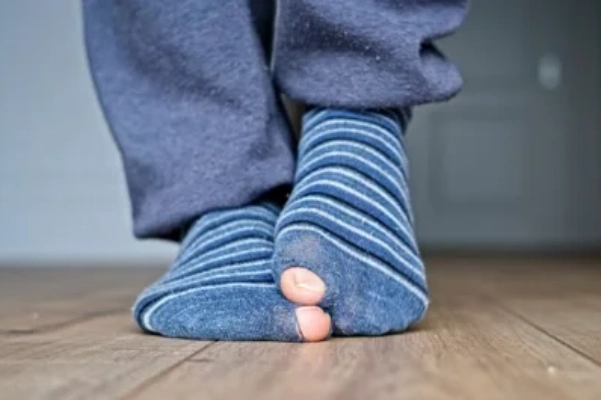
Have you ever had that awkward moment when you take off your shoes at a friend’s house, the airport security line, or even in the office — only to reveal a big toe peeking out of a hole in your sock? It’s the kind of small embarrassment that almost everyone has lived through.
The truth is, socks don’t just “randomly” give up on us. Those holes are the result of clear, predictable patterns of wear — from the way our feet move to the materials our socks are made from. The good news? Most of these problems can be prevented.
As a sock manufacturer, we’ve spent years studying how socks live, wear, and (too often) die. In this guide, we’ll break down why toe holes happen, how you can stop them, and what to do when they appear — so the next time you slip your shoes off, you do it with confidence.
Why Socks Develop Holes: The Real Causes
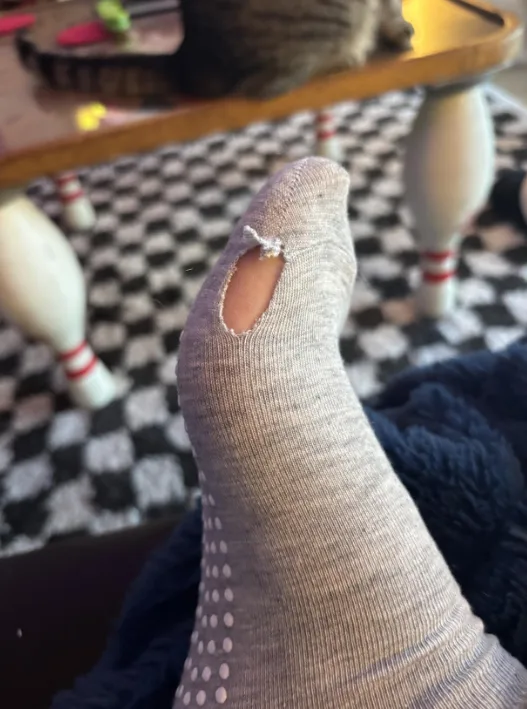
Continuous Friction and Pressure
The leading culprit isn’t mysterious—it’s friction. Every step you take pushes your toes against the fabric. Add in thousands of steps a day, running, or long commutes, and you’re asking thin fibers to withstand constant rubbing. Over time, the yarn thins, weakens, and eventually gives way.
What makes the difference is how much stress is concentrated on the toe area. A snug shoe squeezes the fabric tighter; a rough insole lining rubs harder; a long toenail catches at each step. Together, these amplify wear exactly where your socks need strength most.
Toenails and Foot Shape
Sharp, uneven, or overly long toenails act like tiny blades. Even high-quality fibers can’t resist constant cutting. Likewise, if your big toe curves upward or your second toe is unusually long, the sock fabric stretches more in that one spot, making a hole appear sooner.
Materials and Knit Quality
Not all fibers are created equal. Basic cotton feels soft, but it lacks elasticity and tears easily under stress. Synthetic blends (nylon, polyester, elastane) add resilience, while merino wool provides natural spring and durability.
Knitting density also matters. A 200-needle sock has a much tighter weave than a low-needle counterpart, meaning less space between yarns and more resistance against wear. Reinforced toes—extra yarn spun into the critical area—extend sock life significantly.
Shoe Fit and Design
Shoes with a narrow toe box or stiff lining concentrate pressure. Breathability also plays a role: sweaty feet soften fibers, making them easier to abrade. Well-fitted shoes with adequate toe space reduce these risks.
Lifestyle and Habits
How you wear and care for socks can be just as important as what they’re made of.
- Walking around the house in socks without shoes or slippers grinds them against the flooring.
- Washing in hot water, using bleach, or tumble-drying on high heat weakens fibers prematurely.
- Wearing the same pair day after day without rotation compounds stress before fibers can “recover.”
Why Toe Holes Matter (and Not Just for Comfort)
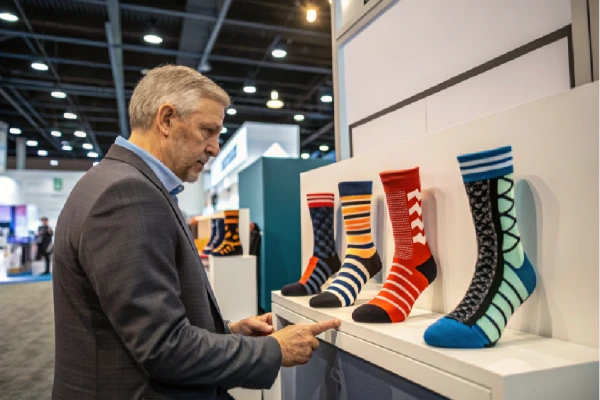
A hole in your socks isn’t just a cosmetic flaw. It creates a cascade of issues:
- Discomfort: Exposed toes rub directly against shoes, leading to blisters and irritation.
- Hygiene: Open fabric lets dirt and bacteria in, increasing odor and infection risks.
- Wasted cost: Replacing socks too frequently drains your budget and contributes to textile waste.
- Embarrassment factor: No one wants to slip off their shoes at the airport or in someone’s home to reveal worn-out socks.
How to Prevent Socks from Getting Holes
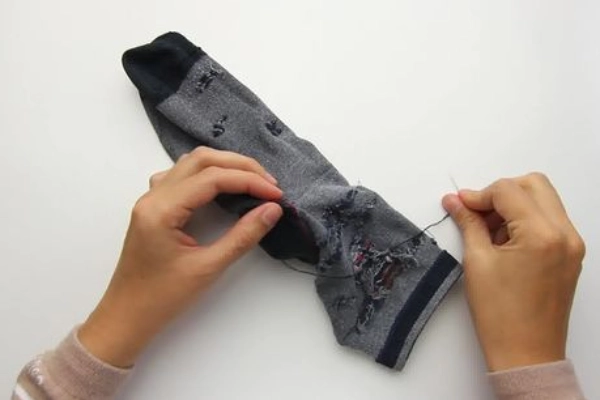
Upgrade the Sock Technology
Prevention starts before you even wear them. Not all socks are built the same:
- Reinforced zones: Look for socks with extra yarn woven into the toe and heel. A second layer of thread adds months of life.
- High needle count: Luxury dress socks with 200-needle knitting are denser, smoother, and far more resistant to tearing.
- Fiber engineering: Merino wool mixed with nylon, or bamboo blended with polyester, offers elasticity and strength that pure cotton lacks.
This is where a sock factory’s know-how makes the difference: the durability is engineered into the knit, not left to chance.
Match Socks to Your Lifestyle
One of the quickest ways to destroy socks is using the wrong type for the wrong activity.
- Running / sports → cushioned athletic socks with targeted reinforcement.
- Long flights or standing shifts → compression socks that improve circulation while resisting stress.
- Office wear → fine-gauge socks designed for slim shoes, preventing overstretch.
Think of it like footwear: you wouldn’t wear leather loafers to hike a trail—why treat socks any differently?
Care Like a Pro
Sock lifespan isn’t just about wearing; it’s about laundering. Small changes in wash care can add months to every pair.
- Turn inside out before washing to protect the outer surface.
- Cold water, gentle cycle: heat weakens fibers.
- Mesh laundry bags prevent snags.
- Air dry when possible—tumble dryers are fiber assassins.
Protect Socks at Home
One of the least-discussed habits: walking around in socks on hard floors. Even smooth wooden flooring grinds away fibers, especially in the toes. Slip into house shoes or soft slippers instead, and you’ll notice your socks lasting significantly longer.
Proactive Replacement
Don’t wait until socks have visible holes. Retire pairs when they show thinning at the toe or heel—before the fabric fully gives way. This strategy prevents embarrassment and helps you keep a consistent, durable sock wardrobe.
Repairing vs. Replacing: What to Do with Holey Socks
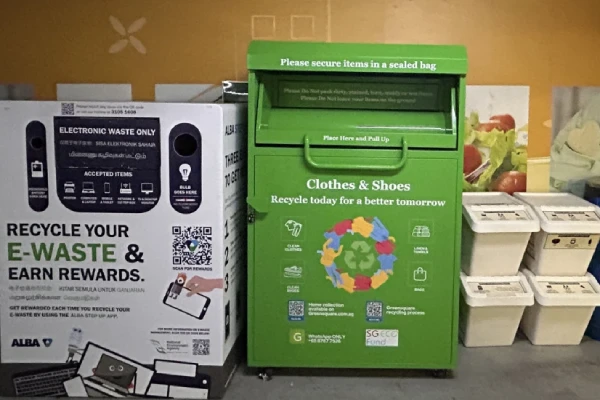
When to Repair
Darning (a traditional sewing method of weaving yarn into the hole) can extend the life of premium socks, especially wool pairs. If the hole is small and the fabric around it is still strong, a few minutes of repair is worthwhile.
When to Replace
Large holes at the toe tip or multiple thin spots across the fabric signal it’s time to say goodbye. At that point, repair is inefficient, and the sock is uncomfortable.
A Sustainable Angle
- Textile recycling programs: Many cities in Europe and the US now have drop-off points where old socks and other garments are shredded and respun into new yarns or insulation materials.
- Upcycling for cleaning: If the socks are clean and washed at a high temperature, they can serve as single-use dusting cloths for household chores.
- Responsible disposal: If recycling bins aren’t available, consider donating only unused or gently worn pairs; heavily used socks should be recycled rather than repurposed for hygiene reasons.
This way, even when a sock’s life on your foot ends, it contributes to reducing textile waste safely.
FAQs
Why do my socks always get holes in the big toe?
The big toe is usually the strongest and often presses against the shoe more than other toes. Combined with sharp toenails or a snug shoe fit, this constant pressure weakens the fabric and creates holes in that spot first.
What are the best socks to prevent holes?
Look for socks with reinforced toes and heels, a high needle count (such as 200-needle dress socks), and durable blends like merino wool with nylon. These construction choices distribute stress and resist wear far longer than basic cotton.
How can I stop socks from getting holes without buying new ones?
Regularly trim and smooth your toenails, rotate your socks so one pair isn’t overused, and wash them gently—inside out, in a laundry bag, on a cool cycle. These habits reduce friction damage and extend the life of existing pairs.
Can you repair socks with holes?
Yes. Small holes can be mended through darning—sewing new threads across the gap to recreate the fabric. It’s most worthwhile for higher-quality socks, while cheap pairs are usually better replaced.
How long should a good pair of socks last?
With proper care, quality socks can last a year or more of regular use. Factors like activity level, shoe fit, and washing methods all play a role. Cheap, low-density cotton socks typically wear out within months.
Conclusion & Call to Action
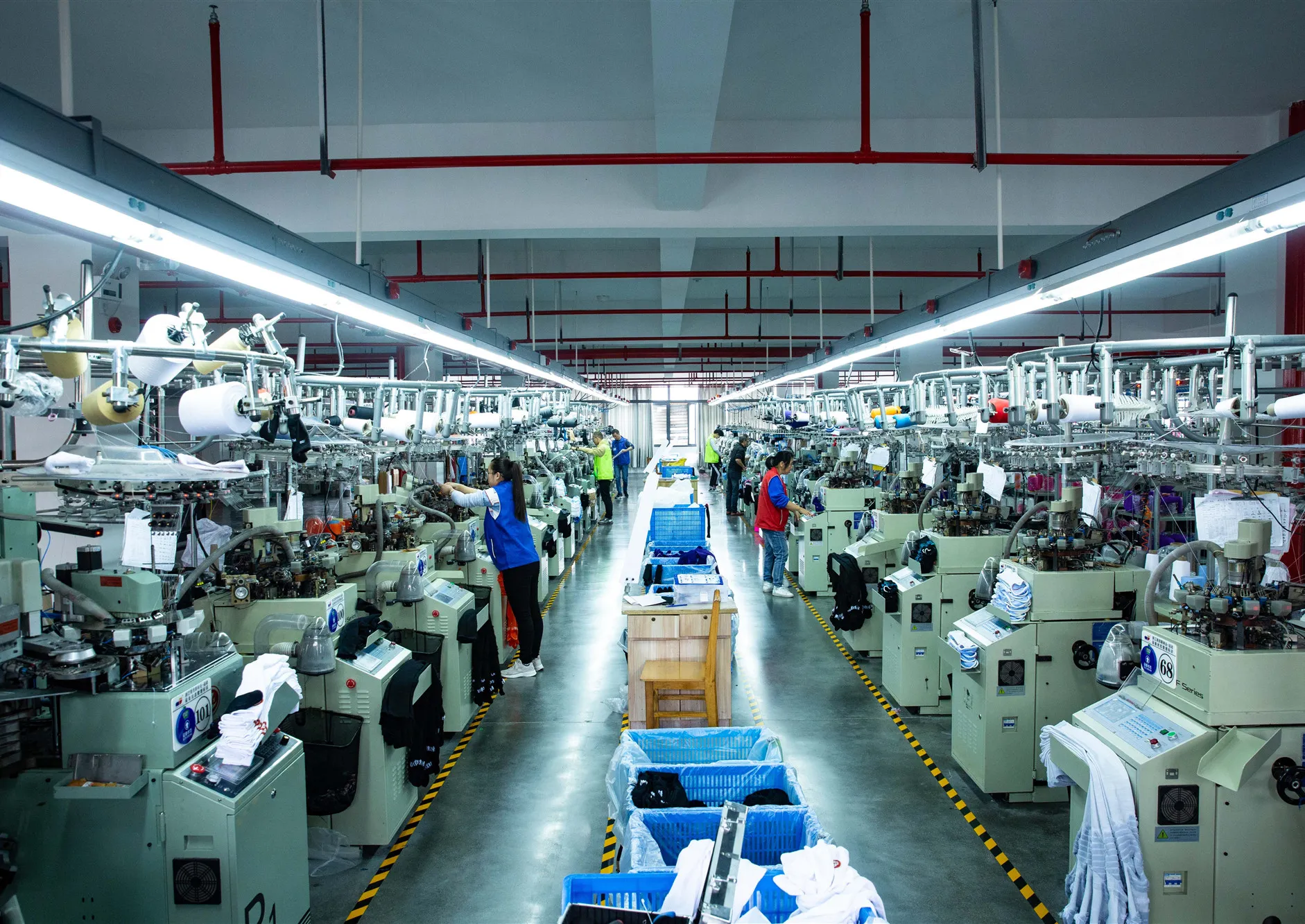
Toe holes may feel inevitable, but they’re not. By understanding the mechanics—friction, toenail care, shoe fit, material quality, and laundry habits—you can dramatically extend the lifespan of socks.
At our factory, we don’t just make socks; we engineer them. With reinforced toes, high-needle knitting, and durable fiber blends, we design products that solve the problems retailers hear from customers every day. Our expertise ensures socks that not only look good on the shelf but also deliver performance that keeps buyers coming back.
If you’re a brand or retailer looking for a manufacturing partner who can deliver durable, customizable, and OEKO-TEX certified socks at scale, get in touch with us today. Let’s create socks that stand out in the market—and stand the test of time.
